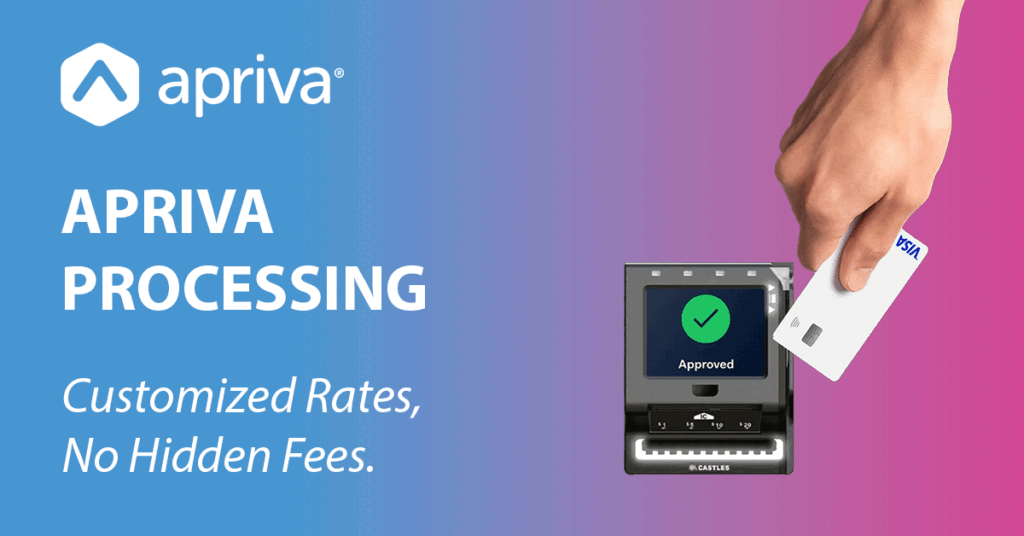3G sunset…4G…5G…what’s the story?
What exactly does that number and letter G in the corner of your cell phone stand for, and why are the numbers different depending on the kind of device you’re using? Is it 3 Gigabytes? 4 Graphics? 5 Gateways? Well… not quite. Believe it or not, the G stands for generation — this means that, depending on the age of the device you’re on, you’re either using the 3rd, 4th, or 5th generation of cellular network technology currently available to you. Like their chronological order would suggest, 3G is the oldest of the three and 5G is the newest. What’s the difference between the trio, though? Would a leap from 3 to 5 really matter all that much in the end? After all, there’s only one number between 3 and 5 — is it really that big of a deal? The answer is a big, emphatic yes — In fact, the difference between 3G, 4G, and 5G could make or break each and every one of your devices.
While nearly all consumer smart phones run on 4G bandwidth today, 3G is still the go-to technology for payment and point of sale devices like vending machines, car-park payment terminals, unattended kiosks and any other sort of gadget that connects to the internet via a wireless connection.
The End of 3G
Verizon is turning 3G down at the end of 2021. AT&T is following suit at the beginning of 2022. While this may seem like a long time from now, we believe local 3G outages may occur prior to that time. Because the 3G network will be turned down, suppliers have stopped making 3G equipment. That means if a local 3G tower fails, there may not be the parts available to repair it.
The 3G sunset in favor of 4G upgrades will directly impact cellular enable payment devices across the country. The truth is that most merchants with cellular connected terminals or unattended payment hardware are using one of two technologies for their payments: CDMA (running on Verizon’s 3G network) or GPRS (running on AT&T’s 3G network). Vending machines unable to accept payments, car-park payment terminals refusing to print tickets, unattended kiosks rendered unworkable… the true scope of this forced shift is quite incomprehensible. One thing is certain, though: If your payment hardware is still operating on 3G (and, odds are, it probably is), it’s up to you to make sure that it’s ready for the switch to 4G.
4G and 5G in the Future
Unlike in the past where the 2G network was turned down and replaced by the 3G network, the 4G and 5G networks will work together for the next 10 years or so. Why is that? The 5G network will be used by consumer smartphones and home connected networks with high data throughput needs. This frees up much of the 4G network for the internet of things, including connected payment devices. For payment devices the upgrade to 4G will almost be a “double” benefit: the devices will use a much faster and reliable network and won’t have to share that bandwidth with consumer devices. For this reason, when we talk about upgrading your point of sale hardware, we are talking about an upgrade to 4G (for what it is worth, there are no 5G point of sale devices available nor currently planned). The important message is that you can confidently upgrade your payment hardware to 4G and know that it will work for at least 10 years or so.
Apriva Can Help
This is where Apriva comes in. The reality is undeniable: 3G is going away, while 4G is here to stay. If you’re a merchant of any kind, you need to make sure your hardware supports 4G technology. If it doesn’t, then Apriva has the hardware options to bring you up to speed (literally). If you believe you may be in need of an upgrade, contact Apriva to discuss your options. We provide a plethora of services to merchants of all shapes and sizes and pride ourselves on helping to bring your business and its fintech into the next generation of payments technology.




